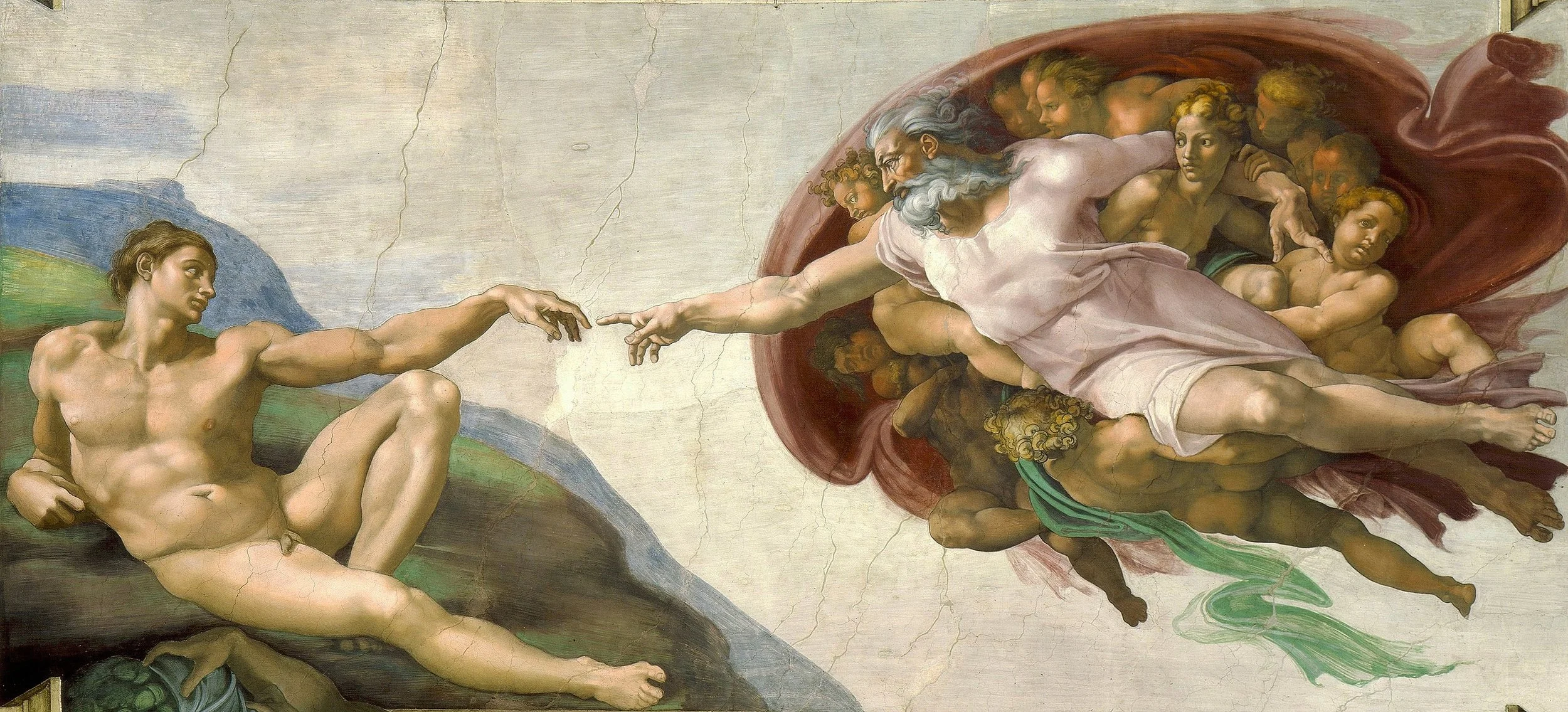Behind the Gare Saint Lazare by Henri Cartier Bresson (1932)
What’s up photography fans? Today I would like to talk about a very special photo, one that marks the beginning of snapshot photography. It was taken by legendary street photographer Henri Cartier-Bresson. Let’s check out the “Place de l'Europe Gare, Saint Lazare”.
“Behind the Gare Saint-Lazare” is said to be the best photo Henri Cartier-Bresson ever took. It is the embodiment of Cartier-Bresson’s decisive moments. It was possible because Cartier-Bresson had access to a candid camera, a small Leica that allowed him to be more flexible. Unlike big cameras on tripods, his Leica was handheld and let him move much more freely. Nowadays, we are used to photos like this, but back in 1932 it was a new approach. If you would like to find out more about his life and photography feel free to check my video about him.
Now, let’s take a look at the composition. The obvious thing or technique you see when you look at the photograph is the figure of man leaping above the water and his reflection. The figure to ground relationship is a basic but powerful technique that attracts your eyes when you first look at the picture. For eyes, it is very natural since you experience it every day, for example, when reading a text. It usually is a case of dark figure on a light background or the other way around – a light figure on a dark background.
Also, if you look closely you can see echoing shapes of the leaping figure on the poster. Which is not quite a case of rhythm since that is often represented by the same shapes, which this one is not, but it still echoes the shape, or the activity we can say, and it’s a fun element. The photo is not built around that since it is not something you realize right away (at least I didn't), but it is nice to have it there. The great part of the composition that Cartier-Bresson was able to capture is the tension caused by the man almost touching the water. That creates anticipation, since your brain knows what’s about to happen. However, as the picture is frozen in time, it is not happening. The technique has also been used by some other artists. The most famous use of this technique is probably Michelangelo’s Creation of Adam. It is much easier for painters to use this visual technique since they can manipulate their composition to their liking. The rooftops are also great for stabilizing the image. You have the movement into the leaping figure, but also stability in the picture.
The Creation of Adam by Michelangelo
Being in the right place at the right time paid off for Cartier-Bresson. This image is a great example of that since Cartier-Bresson took it at the beginning of his career when he was much less experienced. Cartier-Bresson decided to switch from painting to photography after he returned from Africa.
Together with his friends, he traveled around Europe for two years and it was during that time he took this picture. He was just passing by a construction site with this temporary fence. As he was passing by he put his camera in between planks in a way that the fence completely blocked his viewfinder together with a part of his lens and took the photo. As you can see in the negative, “Place de l'Europe” is one of the few photographs that Cartier- Bresson ever chose to crop. He continued to travel around the world and made many beautiful photographs (some of which I have previously talked about) and is rightfully called the father of the street photography genre. Let me know in the comments what your favorite Henri Cartier-Bresson photo is.
If you want to find out more info check out this book "Henri Cartier-Bresson: The Mind's Eye: Writings on Photography and Photographers" is a collection of essays and reflections by the legendary French photographer Henri Cartier-Bresson. Published in 1999, the book offers readers an opportunity to delve into the thoughts and philosophies of one of the most influential photographers of the 20th century. The book is divided into five main sections: The Camera, The Photograph, The Photographer, The Photographic Report, and The Studio. Each section contains a series of essays and interviews that explore Cartier-Bresson's views on various aspects of photography, from the technical aspects of using a camera to the artistry and intuition required to capture the "decisive moment."



